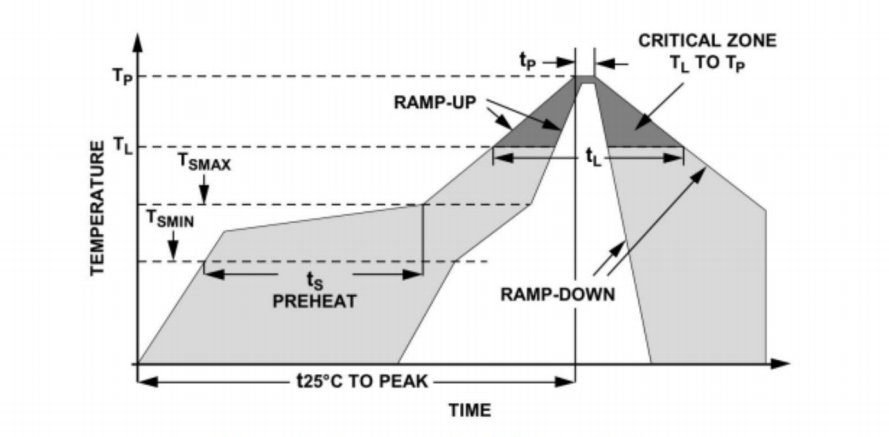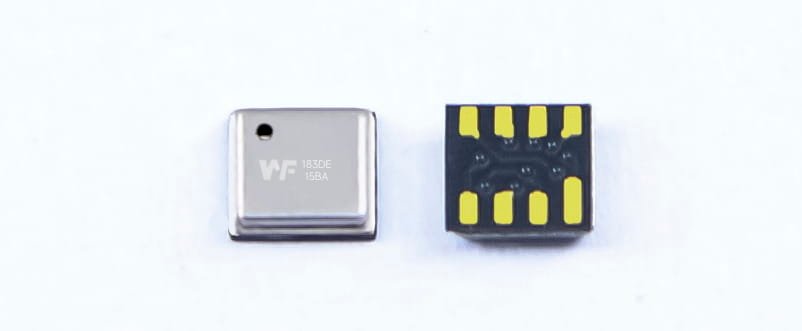Catalogare
This article presents an end-to-end solution for integrating the WF183DE digital MEMS pressure sensor into an emergency starter power-bank air pump—featuring four inflation modes (basketball, bicycle, motorcycle, car), auto-stop intelligence, multi-unit switching, built-in lighting, and comprehensive safety protections. We cover requirements analysis, hardware selection, mounting and soldering best practices, pre-production testing workflows and tools, as well as firmware and system integration, providing engineers, purchasing managers, and technical decision-makers with a clear, reliable guide to ensure precision, stability, and superior user experience.
System Requirements & Sensor Role
1.1 Functional Overview
Safety Assurance: Monitors and replenishes tire pressure to prevent roadside hazards.
Multi-mode Support: Four presets (basketball, bicycle, motorcycle, car) cover pressures from ~8 PSI to 150 PSI.
Auto-Stop: Over-pressure and deflation thresholds trigger pump shutoff when target pressure is reached.
Unit Switching: PSI, BAR, KPA options for user preference.
Illumination: Integrated LED for low-light operation.
Full-Auto & Protection: Over-temp, over-current, low-voltage shutdown, and auto-activation via pressure trigger.
1.2 Sensor Capabilities
Precisione: ±1 %FS covers entire 0–150 PSI range.
Digital Interface: PDM or I²C/SPI output for robust MCU communication.
Low Power: µA-level consumption extends battery life.
Compact: 3 × 3 mm LGA footprint fits tight pump housings.
1.3 Solution Mapping
Map four modes to pressure setpoints (e.g., basketball (~8 PSI), bicycle (0–60 PSI), motorcycle (0–80 PSI), and car (0–150 PSI). The WF183DE’s 0–150 PSI range easily maps to these modes with firmware thresholds and auto-mode switching ).
Implement auto-stop via firmware interrupts on threshold reached.
Integrate unit conversion in MCU for real-time display.
Mounting & Soldering Guidelines
2.1 PCB Layout
Top-port Alignment: Ensure the sensor’s sampling port faces the pump’s air channel unobstructed.
Clearance: ≥0.5 mm around the port to prevent solder bridging.
Thermal Isolation: Avoid large copper pours beneath to minimize thermal drift.
2.2 Reflow Profile
Peak ≤ 260 ℃, ramp ≤ 2 ℃/s, 30–60 s above liquidus per JEDEC J-STD-020.
Controlled solder paste volume via fine-mesh stencil.
Use appropriate flux to avoid port clogging.
2.3 Protective Measures
Apply silicone dot sealing around edges, leaving ports clear.
Black-coat inner walls to prevent light interference if co-locating with optics.

Pre-Production Testing & Utensili
3.1 First Article Inspection
Pressure Calibrator (e.g., I2C Digital Pressure sensor test module): five-point linearity and accuracy checks.
Thermal Chamber: −20 ℃, 25 ℃, 85 ℃ cycles for drift evaluation.
Vibration/Shock: ISO 16750-3 for automotive-grade durability.
3.2 Production-Line QA
Flying Probe: pin-continuity and impedance check.
Leak Test: ≤ 1×10⁻⁶ mbar·L/s via automated fixtures.
Functional Fixture: embedded pump and air source with MES-linked pass/fail logs for setpoint, unit switch, auto-stop validation.
3.2 wave filter
To balance responsiveness and stability, a simple IIR or moving-average filter is applied to sensor data to suppress noise without compromising real-time feedback
Firmware & System Integration
4.1 Firmware Essentials
Interrupt-driven threshold detection for fast pump shutoff.
Filtering: IIR or moving-average to balance responsiveness and stability.
Self-Test: On-power read of sensor ID and health registers.
4.2 User Interface
Real-time display of current vs. target pressure and fill percentage.
Button/rotary selector for mode and unit change with audible feedback.
Auto backlight on low-light detection.
Affidabilità & Compliance
5.1 Burn-in & Invecchiamento
- 168 h at 85 %RH/85 ℃, monitor drift < ±2 %FS and motor performance.
5.2 Regulatory & Sicurezza
EMC: IEC 61000-4-2/-4-3 ESD and radiated immunity.
Sicurezza: UL 62368-1 for insulation and over-current protection in the power module.
Conclusione
By systematically addressing sensor selection, PCB design, soldering, validation testing, firmware, UI, and compliance, this guide delivers a turnkey solution for integrating the WF183DE digital pressure sensor into an emergency air-pump module—ensuring high precision, robust performance, and end-user safety.
L'introduzione di cui sopra scalfisce solo la superficie delle applicazioni della tecnologia dei sensori di pressione. Continueremo a esplorare i diversi tipi di elementi sensore utilizzati nei vari prodotti, come funzionano e i loro vantaggi e svantaggi. Se desideri maggiori dettagli su ciò che viene discusso qui, puoi consultare il contenuto correlato più avanti in questa guida. Se hai poco tempo, puoi anche fare clic qui per scaricare i dettagli di queste guide Dati PDF del sensore del sensore di pressione dell'aria.
Per ulteriori informazioni su altre tecnologie di sensori, per favore Visita la nostra pagina dei sensori.

